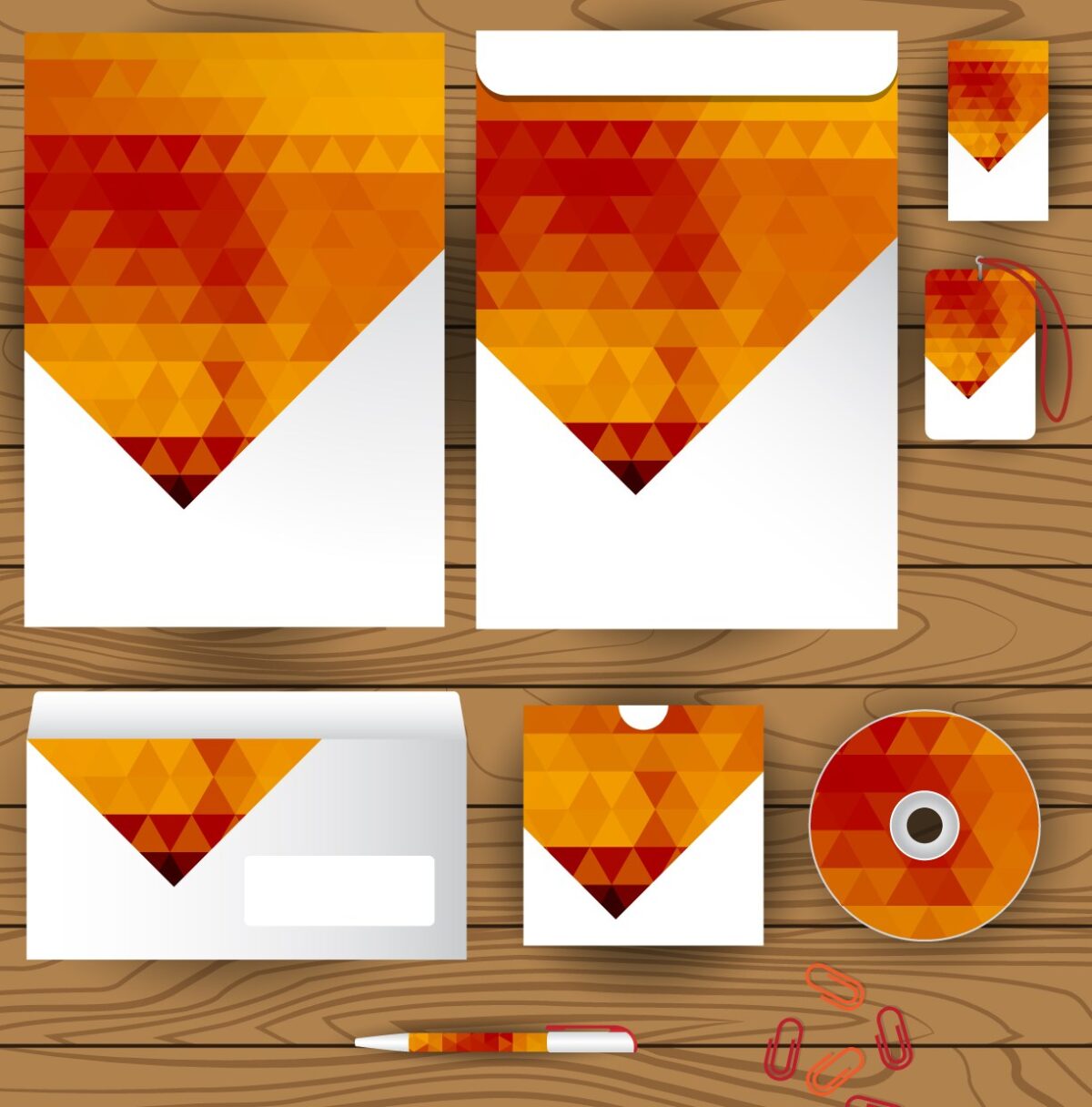The Envelope’s Evolution: From Ancient Messengers to Modern Marketing Marvels

The unassuming envelope, a rectangular paper sheath, plays a far greater role than simply sheltering a message. It’s a silent guardian, a silent marketer, and even a canvas for artistic expression. But how did this ubiquitous item evolve from its humble beginnings to the diverse printed envelopes we use today? Join us on a journey through time, exploring the fascinating evolution of envelope printing, from ancient clay messages to modern marketing tools.
Precursors to the Envelope: Safeguarding the Written Word
The concept of protecting messages predates envelopes by millennia. The ancient Babylonians entrusted messages to baked clay tablets, often wrapped in cloth for added security. Egyptians relied on papyrus scrolls sealed with wax, while the Chinese developed intricate silk wrappers for valuable documents. Although not technically envelopes, these methods served the same purpose – safeguarding crucial information on its journey to the recipient.
The Birth of the Envelope: Folds, Seals, and Early Customization
The envelope as we know it likely emerged in the Middle Ages, coinciding with the rise of paper production. Initially, these were basic rectangular pieces of paper meticulously folded and sealed with wax or glue. Wealthy individuals might use personalized seals or stamps to add a touch of distinction. As paper became more accessible, the use of envelopes grew, particularly for correspondence between merchants and dignitaries.
Standardization and Decoration: The 18th & 19th Centuries
By the 18th century, a standard envelope format began to take shape, with a rectangular shape and a dedicated flap for sealing. However, the 19th century truly ushered in the decorative era of envelopes. Embossing and colored papers became popular, particularly for social invitations and personal letters. The invention of the postage stamp in 1840 further spurred envelope use; dedicated areas for stamp placement became necessary.
The Industrial Revolution: Mass Production and Beyond
The Industrial Revolution marked a turning point for envelope printing. In 1845, inventors Edwin Hill and Warren De La Rue from Great Britain revolutionized the industry with the first envelope-producing machine. This innovation drastically increased production speed and affordability, making envelopes accessible to the masses. Mass production led to greater standardization, but also opened doors for further decoration. Colorful borders, pre-printed messages (like “Air Mail” or “Special Delivery”), and even company logos began to appear on envelopes.
The 20th Century: A Tech Revolution and Specialization
The 20th century witnessed a surge in envelope printing technology. The invention of offset printing allowed for intricate designs and multi-color printing, leading to a wider variety of aesthetically pleasing envelopes. Self-adhesive closures, pre-printed return addresses, and security features like watermarks were all introduced to enhance convenience and security. Furthermore, the rise of business communication led to the development of specialized envelopes, like window envelopes showcasing addresses and customized business envelopes with logos and branding.
The Digital Age: Adapting to the Times
The advent of digital communication in the late 20th century might have been perceived as a threat to envelope printing. However, the industry adapted and thrived. Today, digital printing technologies offer on-demand envelope printing with high levels of customization. Businesses can personalize envelopes with variable data printing, incorporating recipient names and addresses directly on the envelope. Additionally, online printing services allow for easy ordering and customization with short turnaround times.
Sustainability and Personalization: The Future of Envelope Printing
Looking ahead, sustainability is a major focus for envelope printing by envelope printer. Recycled paper and eco-friendly inks are becoming increasingly popular. Additionally, the rise of personalization continues. From custom-designed wedding invitations to printed envelopes used for marketing campaigns targeted at specific audiences, the ability to tailor envelopes to specific needs and occasions continues to evolve.
Beyond Protection: The Envelope as a Brand Ambassador
In today’s digitally saturated world, a well-designed printed envelope can make a powerful first impression. Businesses can leverage custom printed envelopes to promote their brand, stand out from the digital clutter, and increase brand recognition. Eye-catching designs, high-quality paper, and strategic use of color can all contribute to a professional and memorable presentation.
The Envelope’s Enduring Legacy: A Symbol of Communication
The envelope, though seemingly simple, has a rich and fascinating history. From its ancient origins to the sophisticated printing techniques of today, it has adapted and evolved alongside human communication. While digital communication may play a significant role in our lives, the humble envelope remains relevant, serving as a tangible and physical representation of our
messages. Whether it’s a heartfelt letter, a business contract, or a vibrant birthday card, the envelope plays a crucial role in safeguarding the written word and adding a touch of personal style to our communication.
A Glimpse into the Envelope’s Future
The story of the envelope is far from over. As technology advances and consumer preferences shift, envelope printing will undoubtedly continue to evolve. Here are some potential areas of growth:
- Interactive Envelopes: Imagine envelopes with embedded QR codes that link to websites or landing pages upon scanning. This could be a creative way for businesses to engage recipients with additional information or promotions.
- Smart Features: Envelopes with built-in tracking technology could allow for real-time monitoring of deliveries, similar to package tracking offered by courier services.
- Sustainable Materials and Techniques: As environmental concerns grow, expect advancements in utilizing recycled materials, plant-based inks, and energy-efficient printing processes.
Beyond the Blog: Delving Deeper into the Envelope’s Story
This exploration of envelope printing history is just the beginning. Here are some additional ways to delve deeper:
- Visit a Printing Museum: Many museums dedicated to printing history showcase the evolution of envelope design and printing techniques. Explore exhibits and learn firsthand how envelopes were produced in different eras.
- Explore Online Resources: Numerous historical societies and printing organizations have online resources detailing the history of envelopes and papermaking. Dive into historical archives and research the fascinating journey of this ubiquitous item.
- Collect Vintage Envelopes: Consider starting a collection of vintage envelopes to see firsthand the design trends and printing methods of different eras. You’ll not only appreciate the craftsmanship but also gain a unique perspective on past communication styles.
- Embrace Experimentation: Experiment with online envelope printing services to create custom designs for personal or business use. Let your creativity flow and explore the vast possibilities of modern envelope printing!
By appreciating the past and embracing the future, we can ensure that the humble envelope continues to serve as a valuable and versatile tool for communication and self-expression in our ever-evolving world. So, the next time you reach for an envelope, remember the rich history and innovative potential it embodies. It’s a testament to human ingenuity and a reminder that even the simplest objects can tell a captivating story.
Read Also: Power of Office Printer Rental







